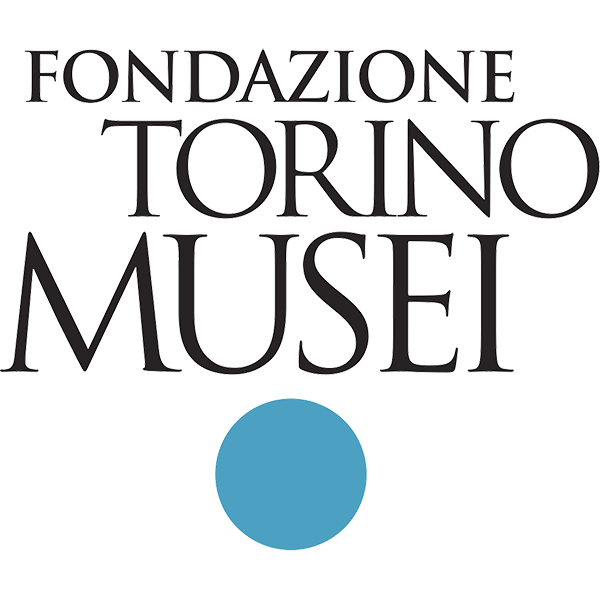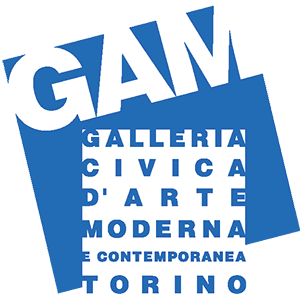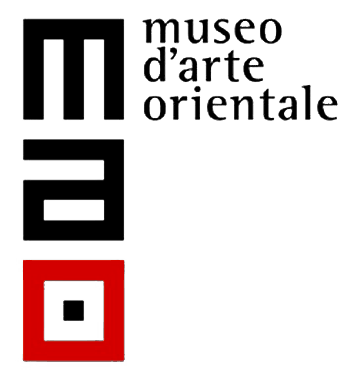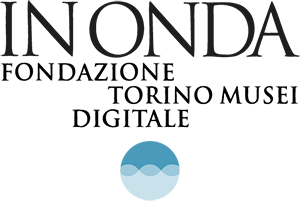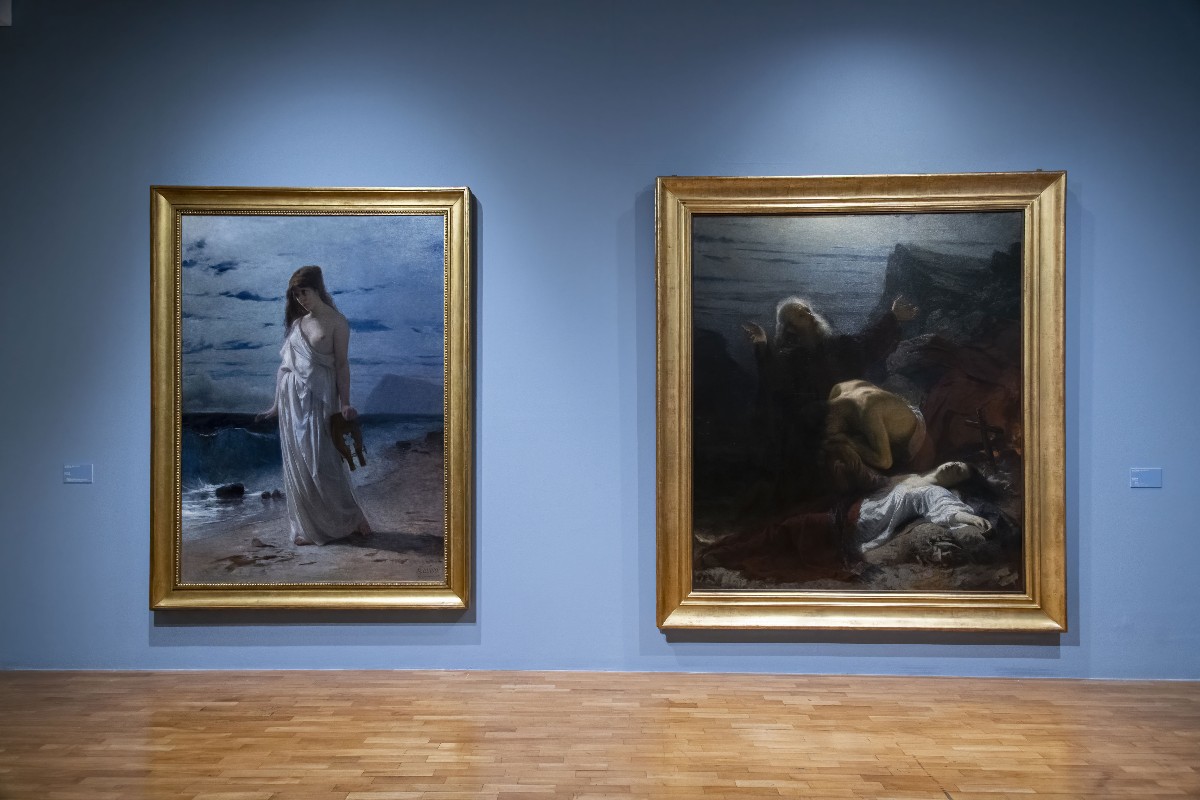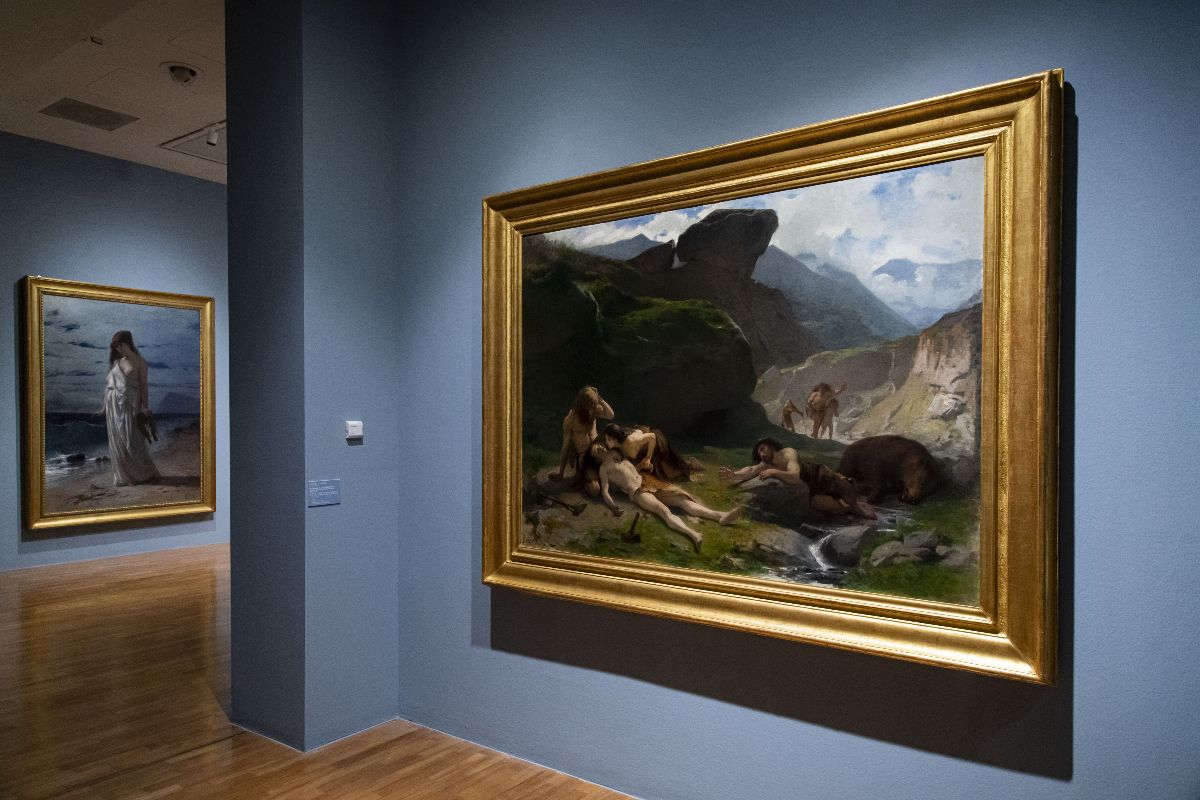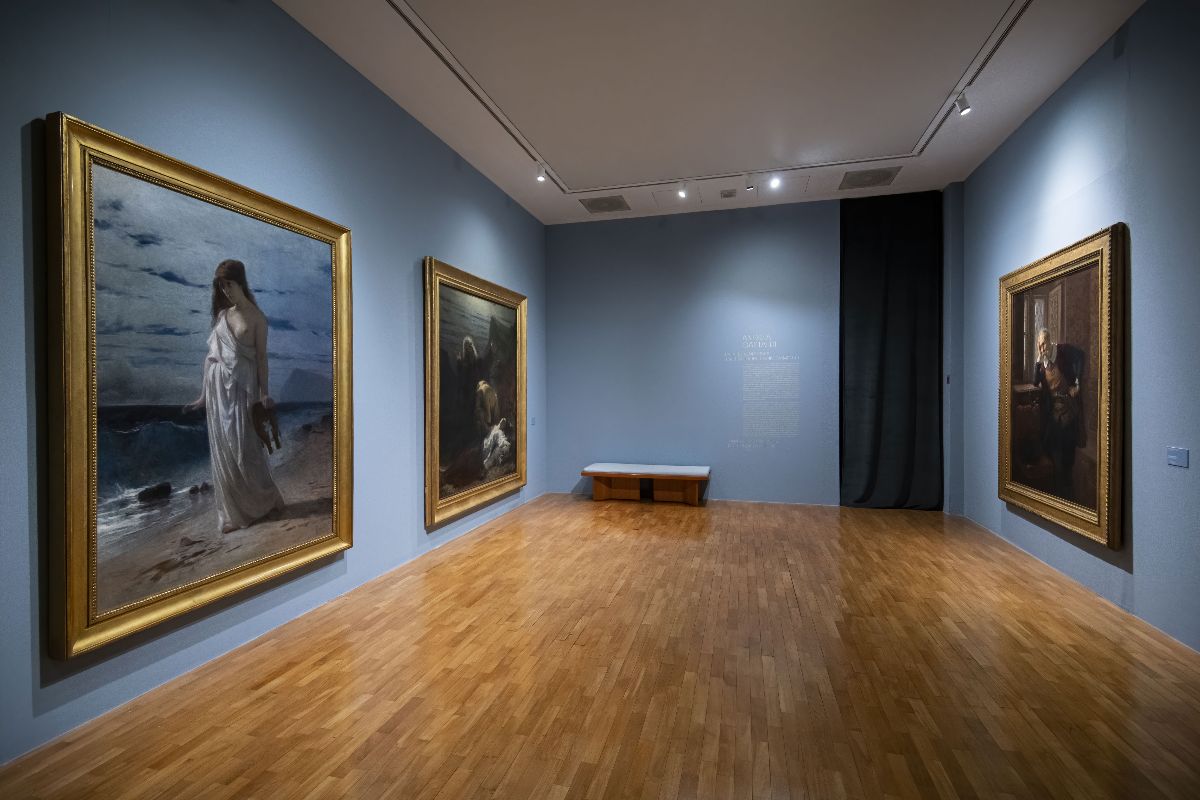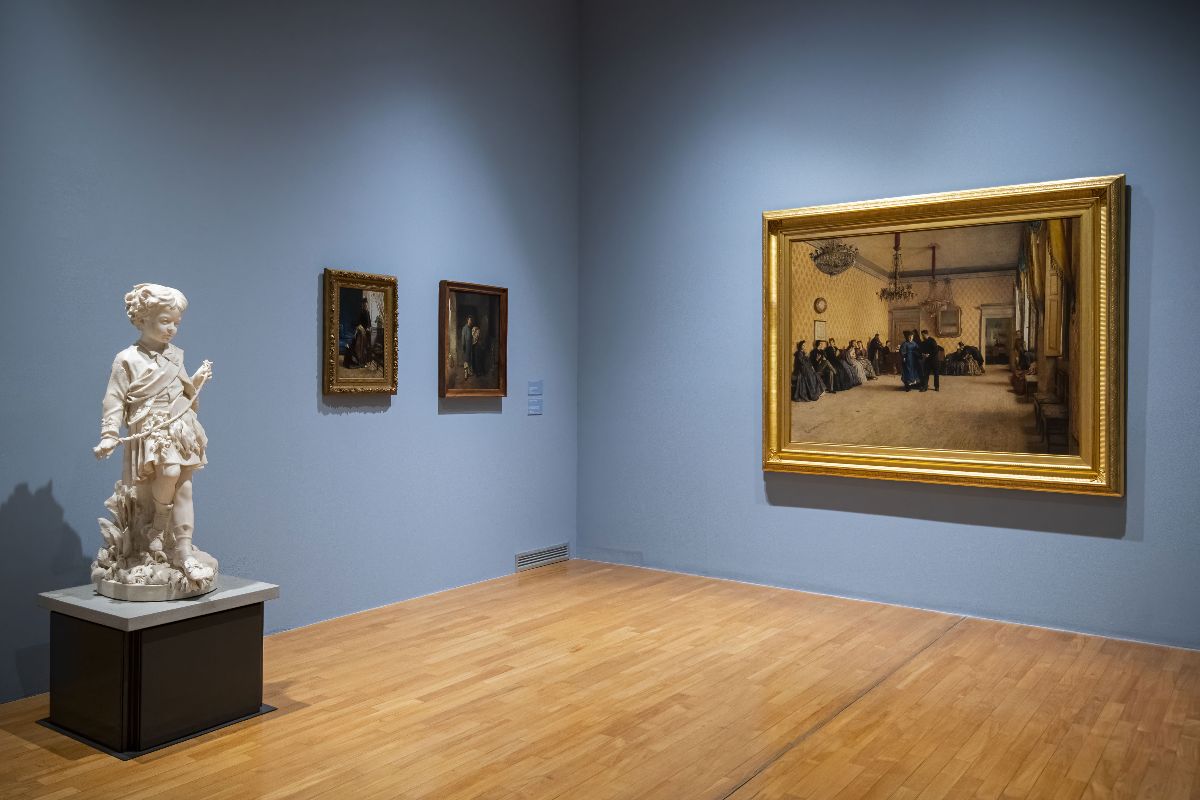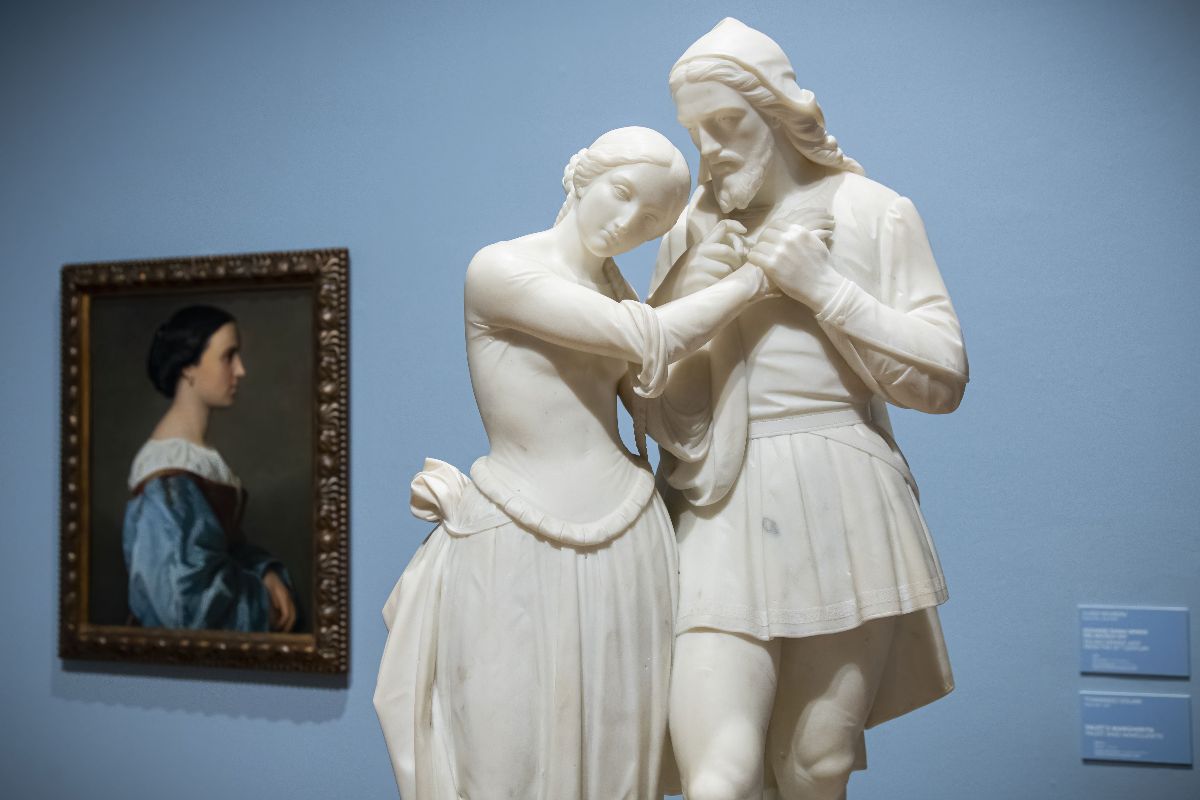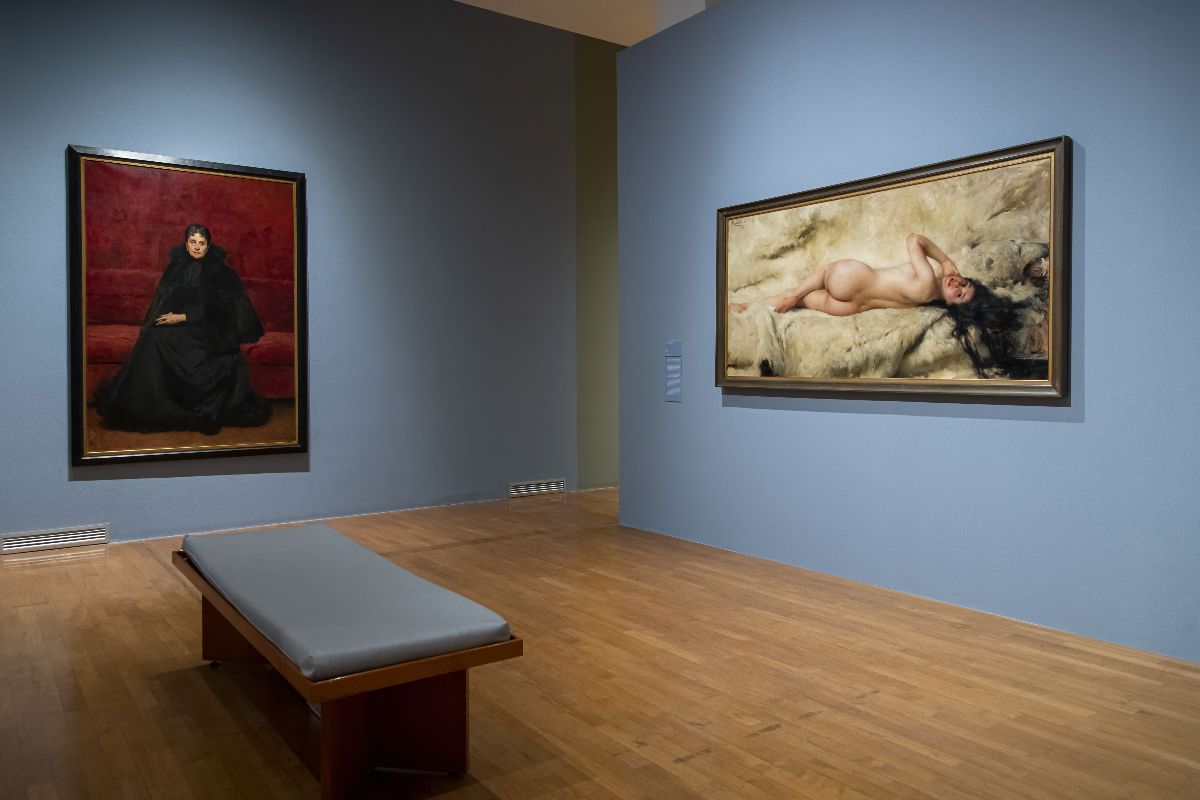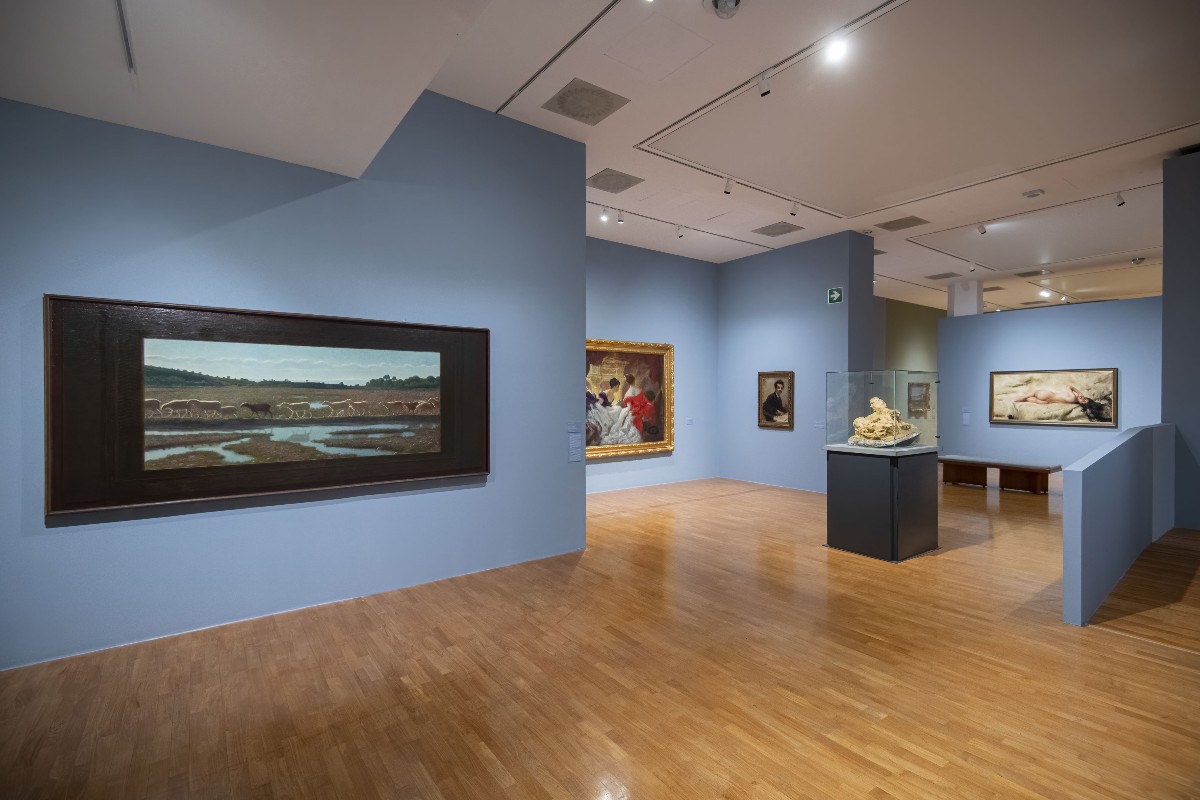Ottocento. The GAM Collections from Italy’s Unification to the Dawn of the Twentieth Century
- Exhibition
- 7 October 2022 - 17 September 2023

The exhibition program at GAM – Galleria Civica d’Arte Moderna e Contemporanea of Turin opens with an event full of surprises that aims to offer an opportunity to rediscover part of the Museum’s 19th-century collection, which has not been accessible to the public for almost four years.
Curated by Riccardo Passoni, GAM Director, and by Virginia Bertone, Chief Conservator, this show presents seventy-one works, including paintings, pastels, large charcoal drawings, marble sculptures, and delicate plaster casts. The itinerary also presents well-known masterpieces like Dopo il duello by Antonio Mancini, L’edera by Tranquillo Cremona, and Lo specchio della vita by Pellizza da Volpedo, alongside works that have never been displayed before but which in the 19th century were considered true gems of the Museum’s modern collections, such as the canvases by Enrico Gamba, Ecco Gerusalemme!, or by Francesco Gonin, Nobili in viaggio, which thanks to research conducted for this exhibition recovered its own past and true title: La guida. Studio di castagni dal vero.
In order to make the varied collection easier to read, the itinerary compares the noble tradition of figure painting with the innovations in landscape painting that were, in their freest and most experimental expressions, the object of harsh criticism on the part of the conservative press and of academia.
Eight themed sections accompany visitors along the itinerary: The Birth of a Collection, New Sensibilities and Research,Landscape Painting at the Museo Civico,From Scapigliatura to Divisionism,and Symbolist Research between Painting and Sculpture. Three monographic spaces enrich the show and are dedicated toAndrea Gastaldi,Antonio Fontanesi, and Giacomo Grosso; these spaces highlight their influence on Turin’s art scene also through the significant collection of works held at GAM.
If landscape painting was destined to become key with respect to the identity of Turin’s 19th-century collection, the exhibition aims to showcase some surprising developments infigure and history painting. If during the mid-1800s, that is, at the time the GAM collection was being amassed, this genre was still considered the most elevated and most appreciated among the painting genres, during the decades that immediately followed, these certainties waned and several young artists embarked on courageous attempts to renew the tradition of figure painting.
In fact, several very interesting examples concerned Piedmont, including one of the boldest, which was undoubtedlyLa femme de Claude, a large painting whose real title should have beenL’adultera. Here the young and promising talent of Francesco Mosso, who died at only twenty-nine, represents the“modern drama” of a young woman, the victim of domestic violence, one of the first images of what today we would call femicide, in which the female protagonist is portrayed in a provocative pose with her contorted body and unmistakable look of terror in her eyes. The subject of controversy and harsh criticism, this unique painting draws attention to social themes, depicted with an equally innovative language, which would be carefully explored by the Divisionist and Symbolist artists in the late 19th century.
The portrayal of women constitutes an important theme in this exhibition: from a literary subject during the Romantic age, over time the female figure became the focus of images that increasingly adhered to contemporary reality. At times they depict hard-earned success, which gradually led women to take on more active roles in culture, as in the case of the elementary school teacher portrayed inIl dettato by Demetrio Cosola, or they still remained mythological creatures but full of modern restlessness, like the bewitching Sirena by Giulio Aristide Sartorio. Behind her irresistible beauty, embodied by her supple form and long, copper-red hair, hides a “dazzling killer,” alluded to by her dogfish tail, a predator from the shark family: this subject, so beloved by Pre-Raphaelite culture, portrays all the charm but also all the mistrust and prejudices that men at the time had regarding women.
The task of closing the exhibition and, in part, of redeeming this female condition is entrusted to a woman,Evangelina Alciati, the first female to graduate from the Regia Accademia di Belle Arti of Turin, and to herTriste madre, a painting with a strong visual impact. The composition focuses on motherhood experienced in extreme poverty, an image of great power that only a woman’s sensibility can nurture.
This event provided an opportunityto conduct researchon all the works exhibited, the results of which can be found in the catalogue published by Silvana editoriale, with essays by Virginia Bertone and the Italian Risorgimento scholar, Silvano Montaldo.
For this broad analysis of GAM’s 19th-century heritage, theAssociazioneAmici della Fondazione Torino Museihas generously contributed with its financial support in restoringEcco GerusalemmebyEnrico Gamba, purchased in 1862 at the Società Promotrice delle Belle Arti, andNobili in viaggio(nowLa Guida. Studio di castagni dal vero) by Francesco Gonin, also acquired in 1867 at Turin’s Società Promotrice. These are significant compositions by key protagonists of 19th-century Italian art.
Tickets
L'ingresso alla mostra è incluso nel biglietto d'accesso alle collezioni permanenti.
Controlla le tariffe d'ingresso, le riduzioni e le gratuità a questo link
